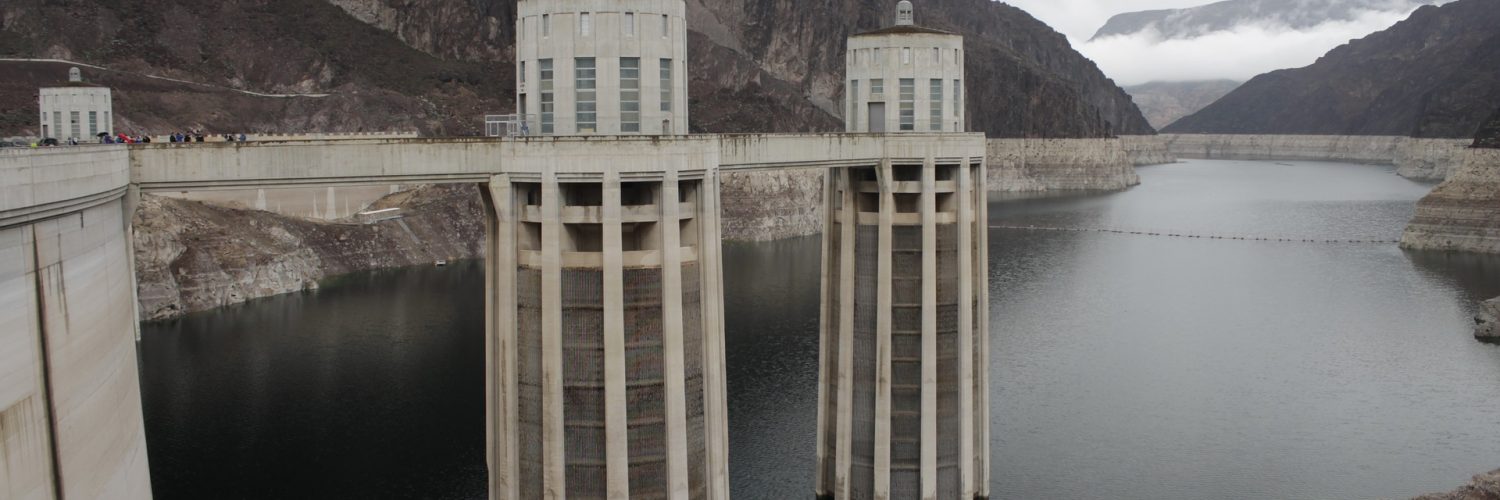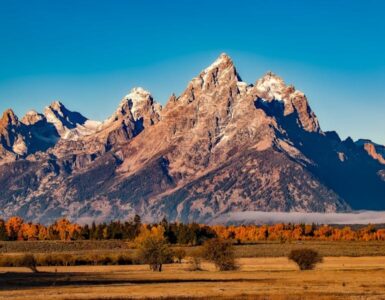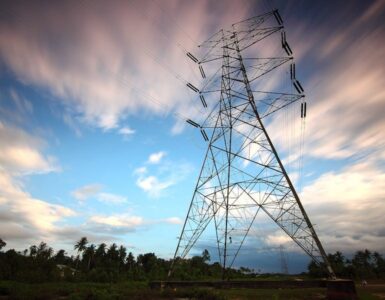No body of water has been more important to the prosperity of the American West than the Colorado River.
Today, 40 million users in seven states including Arizona rely on the “American Nile” for water supplies. Those numbers could swell as high as 75 million by 2060.
New, more alarming projections for water shortages require that everyone work quickly and be willing to make some sacrifices to find ways to preserve water elevations in the two main storage reservoirs, Lake Powell upstream and Lake Mead downstream. Smart water planning is critical.
Never before have negotiations over water allocations and cutbacks been so important, says a new policy brief from the non-profit Arizona Chamber Foundation, Arizona’s Role in Preserving Colorado River Water. The brief is intended to educate the business community, policy makers and other Arizonans about ongoing efforts to negotiate a plan to soften the blow of water shortages when they come, and the critical need for consensus among stakeholders to do their part to keep the river alive and healthy for generations to come.
“Water scientists and planners at all levels agree that every precaution must be taken to stabilize Lake Mead elevations,” Foundation Policy Advisor Courtney McKinstry said.
While the policy brief is not intended to make recommendations, it portrays the urgency of finding solutions and consensus, McKinstry said.
“Perhaps the heaviest lift in this effort will happen right here in the desert,” the brief states. “Before Arizona can commit to our partner states, Arizona entities with rights to Colorado River water must voluntarily agree to operationalize these reductions within their cities, industries and tribes.”
This will require “sacrifice and collaboration” beyond what many have experienced in modern water history, says the brief that details how Arizona came to this juncture.
For decades, Arizona has been at the forefront of water preservation and technology. But a 19-year drought, the driest stretch in a 100-year recorded history, has pushed Lake Mead to historically low levels. Arizona’s first official water shortage could come as soon as January 2020.
Negotiations to develop a Lower Basin Drought Contingency Plan (LBDCP) started in 2015 but stalled and sputtered with little progress. The LBDCP defines what cutbacks will occur to the many users of the river when a shortage occurs. Old guidelines from 2007 are no longer sufficient.
This year, faced with more dire shortage projections, a statewide steering committee was formed with representative from tribes, cities, farms, agricultural districts, power providers, industries and the largest transporters of Arizona’s water supplies. Their mission is to find consensus on how to share the pain of water cutbacks when shortages come and shore up water elevations in Lake Mead.
Arizona shares the Colorado River with six other states. The river is divided into two basins. The Upper Basin includes Colorado, Utah, New Mexico and Wyoming. The Lower Basin encompasses Arizona, Nevada and California.
Every state must come to consensus with its own stakeholders and then with other states and the federal government before the document is finalized. Once that is in place, a united front among the states will make it more likely that federally required approvals will proceed with relative ease, the policy brief states.
“This voluntary and collaborative approach avoids the unwanted alternative – letting the courts sort out how and if water is allocated in times of drought,” the foundation report says.
The LBDCP has several major components including forbearance agreements where states agree to leave water they have a right to in Lake Mead, and additional contributions from water users as well as incentives for users who provide additional storage called Intentionally Created Surplus (ICS).
Of the three states that need to sign the LBDCP, only Arizona needs legislative approval. That’s why several members of the state legislature are on the steering committee. Their role is to help smooth the way to ensure joint agreement from the two state houses.
For practical and political considerations, Arizona’s water agencies have outlined tools for the committee to move forward:
Mitigation for impacted entities Find ways to ease the transition off of the Colorado, particularly for agriculture and other users
Arizona ICS framework efforts Make tribal and nontribal ICS contributions a reality
Arizona conservation plan Find strategies to reduce water use and drawdowns from the lake.
Excess water Find options for new sources of excess water for the Central Arizona Groundwater Replenishment District (CAGRD) that has historically has been able to purchase water from users with seniority water rights for developers and home builders who must replenish groundwater for new developments
Mitigation is key for users with the lowest water rights like central Arizona farmers, the report states.
While some farmers are already starting to fallow their land and sell it, other farming interests are requesting mitigation to buffer the reductions to save segments of the industry that are vital to local economies. Proposals under discussion include identifying financial resources to help them build a transport system to use their groundwater supplies instead, and to find financial support to transition the land use from farming to other economically viable uses.
Steps are slow moving forward with some water entities agreeing to share or sell water supplies. CAP also has already left 192,000 acre feet in Lake Mead in anticipation of the first cut back that would occur in Arizona if Lake Mead’s elevation drops to 1075 feet.
More needs to be done. If the steering committee can succeed, it will result in seven states signing the full Drought Contingency Plan (DCP) by year’s end and emerging as a united front to get final federal and congressional approval.
“A collaboratively built and broadly supported contingency plan is worth the effort to preserve the way of life that has drawn millions to Arizona and to the American West and to ensure we do not take more from the mighty Colorado than it can give,” the report concludes.
















Add comment